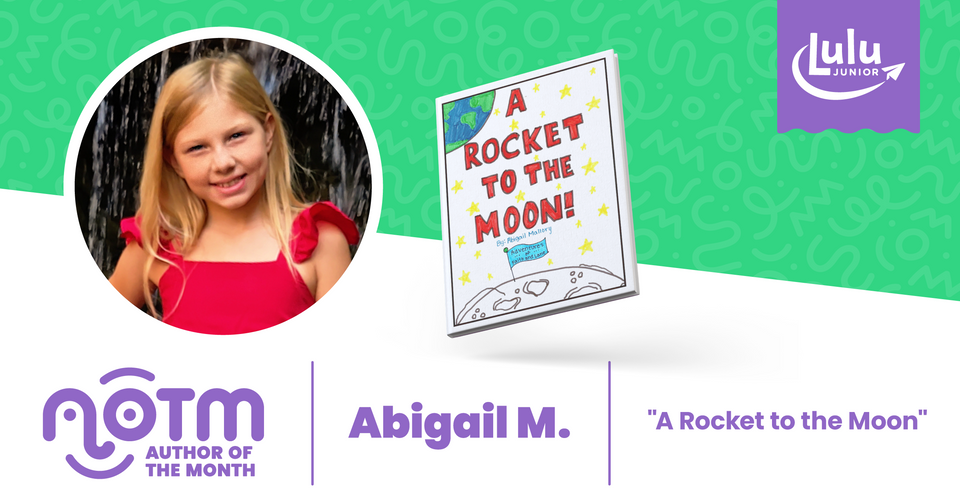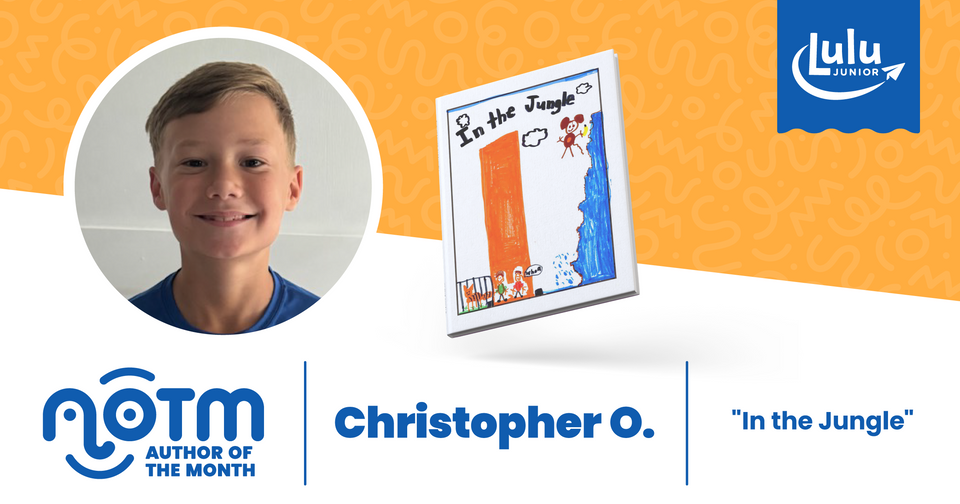
5 Reading Strategies To Help Kids Read More
Reading is fundamental.
If that sentence rings a bell, you probably got a free book or two as a child from RIF, the program focused on making sure kids have access to reading materials to improve literacy and build confidence. I got my first real book, the first I ever owned and could add to a bookshelf, from RIF. And if it didn’t change my life, that book certainly contributed to my love for books.
Learning to read and write at a young age is a crucial part of a solid educational foundation. I don’t think there’s really any debate about it; reading is absolutely vital for children.
And as we’ve learned in the last decade, reading may have a broader impact on us as adults. Numerous studies have found that reading increases empathy and helps us better relate to one another. Other than maybe a paper-cut and some lost sleep, reading is just a wholly positive experience.
This brings me to our point today; helping you instill and maintain interest in developing good reading habits for your kids.
1. Read To Your Kids
From an early age, you should start reading to your kids. Set aside a little bit of time every day and just read a few pages. As they get older, you’ll have the opportunity to begin introducing them to classic stories.

And once they start reading on their own…keep reading to them! You can expose them to literature a little more difficult than they can currently read. This exercise helps them see what they’re working toward and continues to build a bond through storytelling.
Finally, once they’re into mostly reading on their own, you can still set aside time to read together. Particularly if they’ve found an author or series they love, you can read it with them and spark conversations about the story. Most importantly, reading to (and later with) your kids reinforces the value of dedicating some time every day to reading.
Building a habit for your kids means building the habit for yourself too!
2. Keep Reading Materials Available
This strategy is subtle, but can really pay dividends. It’s one thing to give your kids books; as they grow you’ll want to be sure you expose them to a variety of reading materials and sources.
My family always had a Nat Geo subscription. And we got the local newspaper (printed!) every day. Both the newest Nat Geo and the day’s paper would live on the counter in our kitchen. It wouldn’t be until many years later I’d realize how much time I spent idly reading from those handy materials.
If you’re looking for a terrific magazine to keep around the house, Highlights is what you need! This classic kids magazine is filled with reading and activity pages for your kids to enjoy.

With how much time we spend online, we all passively read a LOT. It’s never too early to start encouraging reading as a regular, daily habit.
A part of this is good web-browsing habits too. Your kids need to learn to use the web to find information and not mindlessly scroll pictures of cats on Instagram. Okay, it’s fine to spend some time with cute cats online. But it’s also a good idea to set your browser home page to a good informational site so they’re exposed to quality reading material.
3. Give Books
Make stories a coveted treasure. This can take some work and will go hand-in-hand with helping your kids establish good reading habits.
You want to make your kids want books the same way they want the latest video game or flashy sneakers or trendy clothes. One way to help normalize books as gifts is to start giving them early. And not just to your young reader!
Books are always the perfect gift. Whether you’re buying your best friend a copy of your new favorite book or you’re crafting a custom memory book to give the whole family for the holidays; books are where it’s at.
Making books a reward is another way to help encourage reading. Maybe you set a goal like “Read three books from this age-appropriate category and you can pick out one new book.” You could also make new books a reward for completing chores or homework assignments.
Books as gifts and books as rewards; your kids will learn to value stories and look forward to the next opportunity to get new ones.
4. Go To The Library
Okay, so right now that’s a tough one. But the goal is to help your kids see just how much the library has to offer. There is still a lot you can enjoy virtually. Most local libraries will host readings, author talks, and other community events online.
And you can always check out books virtually or by drop off. Some libraries, like the University of North Carolina’s, are offering checkout by mail!
All of this to say; when it’s safe to take your kids to the library, you should. Public libraries are a hub of free information and entertainment. Teaching your kids to love the library will benefit them their entire lives.
Another great way to connect with new stories and readers is to join a book club. Libraries often host book clubs anyway, but right now you can find plenty of virtual book clubs to join. If you’re looking for a club to join with your kids, check out Read With Me—they host a virtual book club focused on young and middle-grade readers.
5. Write!
If you’ve built a strong interest in reading, the next natural step for your kids will be creating their own stories! Look for your kids to start asking questions about the ending of their favorite stories or what happened to secondary characters. When you start seeing that inquisitiveness, you’ll know they’re ready to create their own stories.
Writing naturally complements a reading habit by engaging them in creativity. While reading is a more meditative experience writing allows for thinking and engaging directly.
And when they hit a roadblock in their story, you can be right there with recommended readings to inspire them! Whenever you can, aligning reading and writing will help your child develop learning habits they’ll use their whole life.
A good solution for kids who don’t show interest in creating stories could be a story journal. Prompt them to write one or two pages about the book they just finished. It’ll help them remember the story and still prompts them to think and be creative in their descriptions.
Once your kids really start to get interested in writing, help them improve and expand their imaginations with regular writing prompts. Spending 10 or 15 minutes a day creating a story from a writing prompt is one of the best ways to ‘exercise’ your writing muscles!
Reading Strategies For Life
Teaching your kids to value reading is one of the most fundamentally important lessons you can teach. I challenge you to find an adult who (unironically) feels they read too much.
And these reading strategies are just a few ways you can help your kids build a strong reading habit. Don’t shy away from other ideas too! Anything that helps you and your kids read more can work!
Shout out your favorite ways to read more in the comments below.






